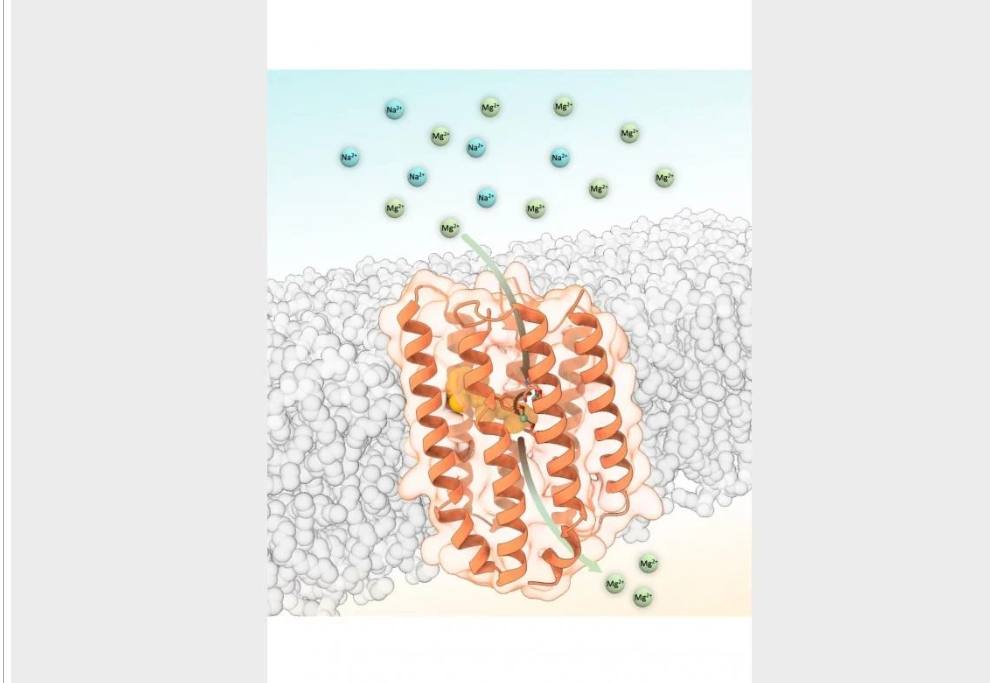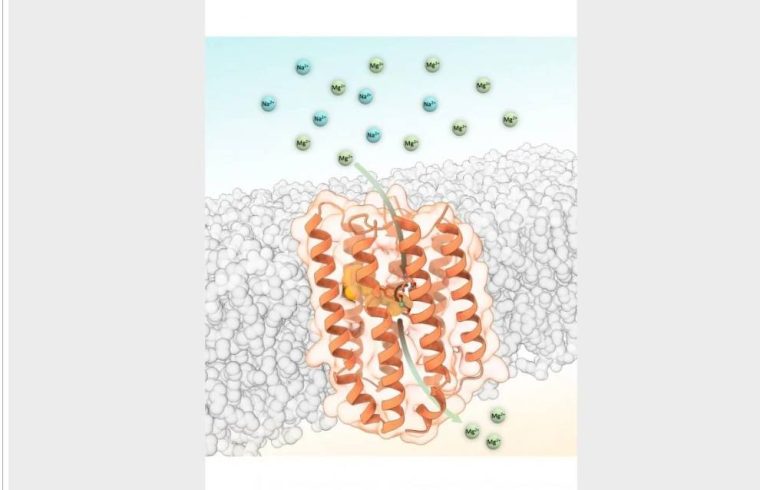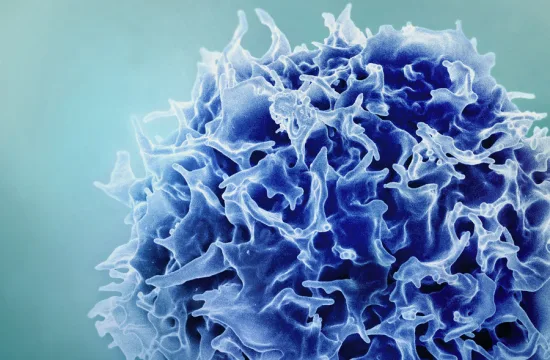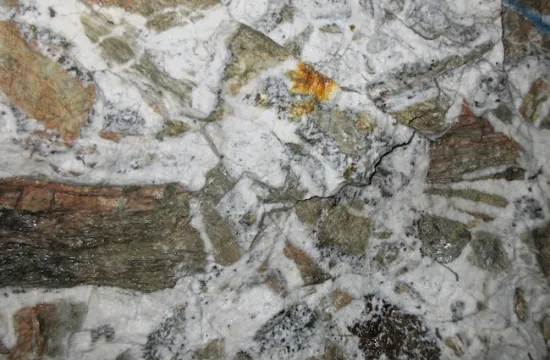
Prof. Chii-Shen Yang’s team at National Taiwan University resolved the molecular structure and discovered that HwMR, a light-sensing protein in H. walsbyi, transports magnesium ions using key residues, helping microbes survive extreme conditions.
Imagine tiny creatures living in super salty water with an extremely high concentration of a metal ion, magnesium (Mg²⁺)—way too much for most other living things. One of these tiny creatures, called Haloquadratum walsbyi, has a special light-sensing protein called HwMR.
In this article published in Nature Communications, the team of Prof. Chii-Shen Yang’s lab discovered that HwMR doesn’t just detect light—it helps move magnesium (Mg²⁺) ions into the cell when exposed to light.
Magnesium is super important for life, but too much can hurt most organisms. Somehow, H. walsbyi survives in this harsh environment, and HwMR might be a big reason!
To understand how HwMR works, Yang studied its atomic protein structure using powerful X-ray diffraction technology. They found two important residues in the protein—Asp84 and Thr216—that help it grab magnesium and transport it into the cell. They changed Asp84 to another residue to see what would happen, and the protein stopped working properly, proving it plays a big role.
This discovery is significant as it is the first example of light-driven Mg²⁺ transport across a cell membrane. Additionally, it demonstrates how some species use unique proteins to adapt to severe circumstances.
“It helps scientists understand how magnesium moves inside cells, which could lead to cool discoveries in biology,” said Prof. Chii-Shen Yang.







